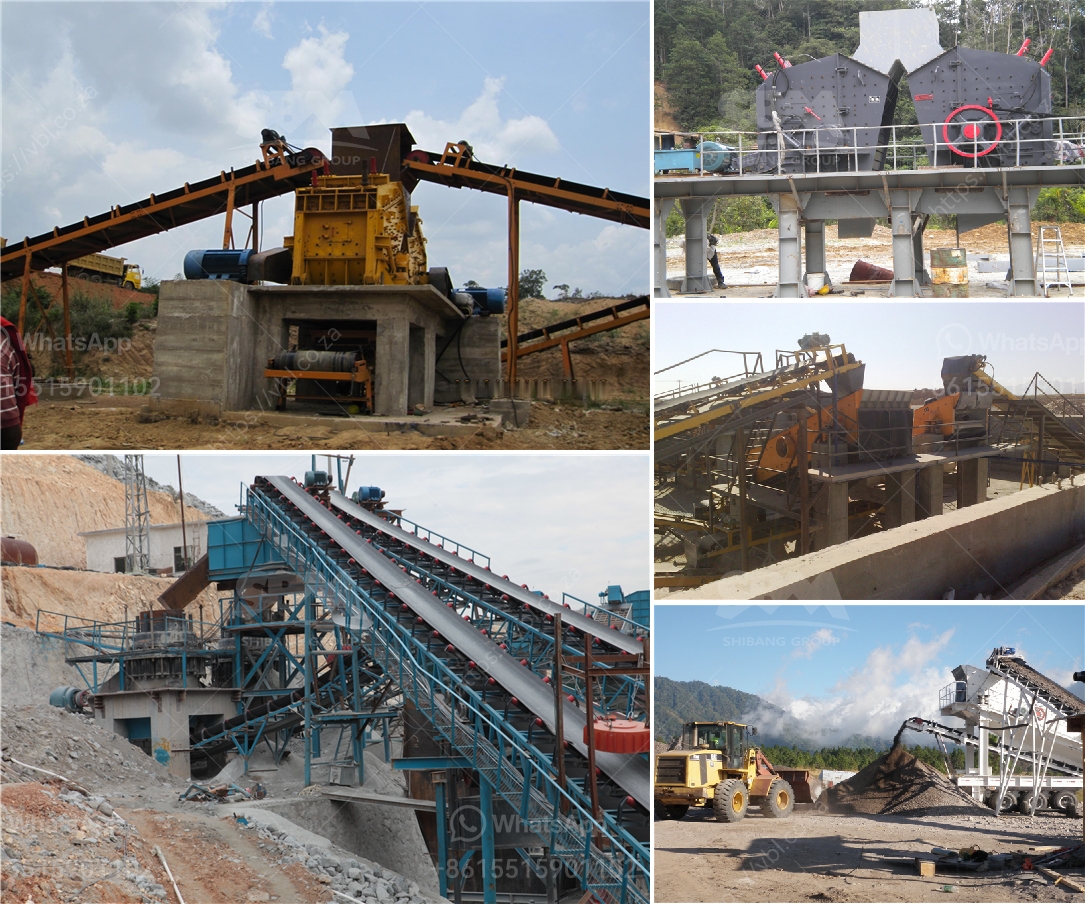
The coal crushing process typically involves several steps, which may vary depending on the specific characteristics of the coal and the desired end product. Here are the general steps involved in coal crushing:
Preparation: The raw coal needs to be prepared before it can be used for combustion or other industrial purposes. This includes removing any impurities, such as rocks, shale, and other debris. Coal may go through processes like crushing, screening, and washing to achieve the desired quality and consistency.
Primary Crushing: In this step, the coal is initially crushed in a primary crusher, typically a jaw crusher or gyratory crusher. The aim is to reduce the size of the coal to a more manageable size for further processing.
Secondary Crushing: If necessary, the crushed coal may undergo secondary crushing in a cone crusher or impact crusher to further reduce its size. This step is typically done to achieve a more uniform and finer product.
Sizing: After the coal is crushed, it may go through a sizing process to separate it into different size fractions. This can be done using screens or cyclones. The purpose is to achieve the desired particle size distribution for efficient combustion or for specific industrial applications.
Storage and Blending: The crushed and sized coal may be stored in stockpiles or silos for further processing or transportation. During this stage, different coal batches with varying characteristics may be blended to meet specific requirements, such as achieving a desired calorific value or sulfur content.
Conveying: The coal is typically transported from one processing stage to another using conveyor belts or other conveying systems. This ensures efficient and continuous flow of the coal throughout the crushing process.
Sampling and Analysis: Throughout the coal crushing process, samples are often taken to assess the quality and properties of the coal. These samples may be analyzed for various parameters, including moisture content, ash content, sulfur content, calorific value, and particle size distribution.
It’s important to note that the specific steps and equipment used in the coal crushing process can vary depending on factors such as the coal type, mining methods, and processing plant configuration. It’s advisable to consult with experts or refer to industry guidelines and standards for detailed and site-specific information.